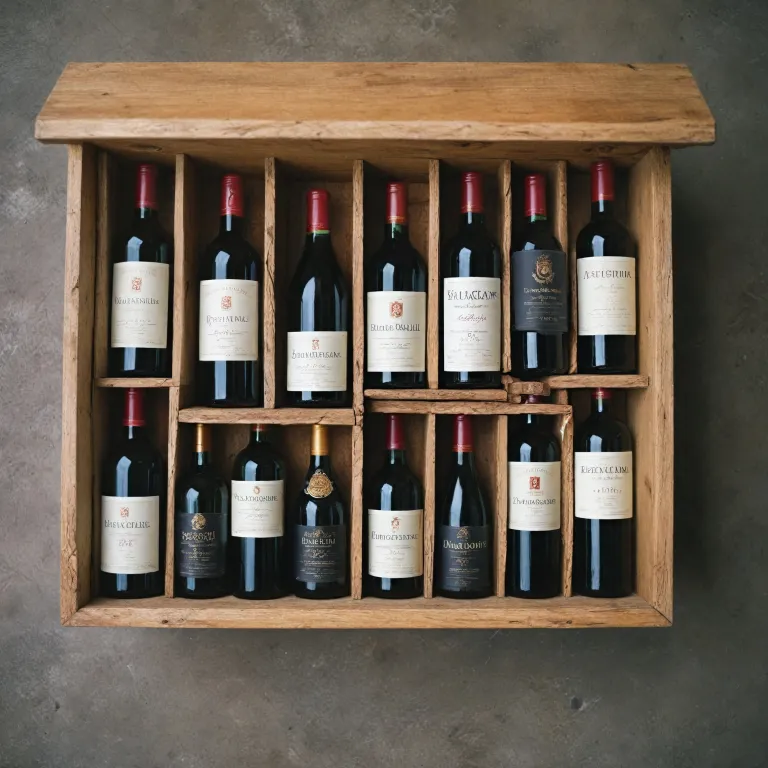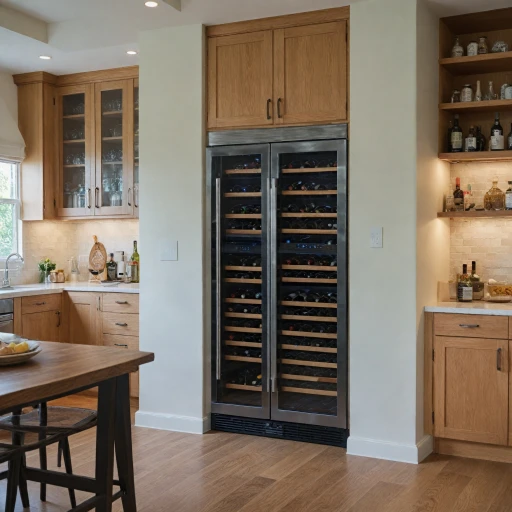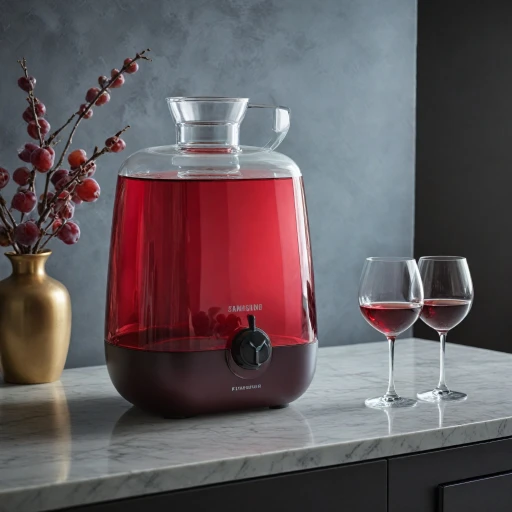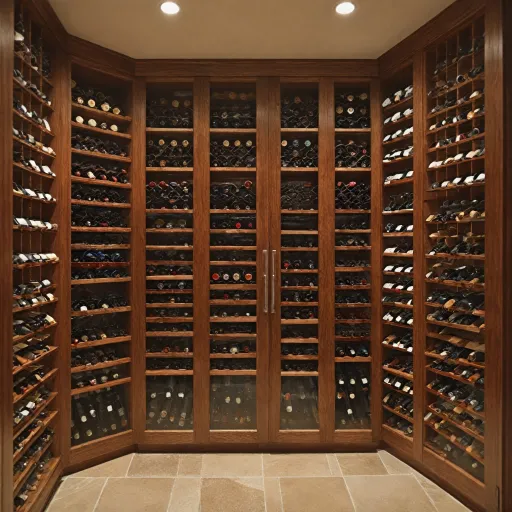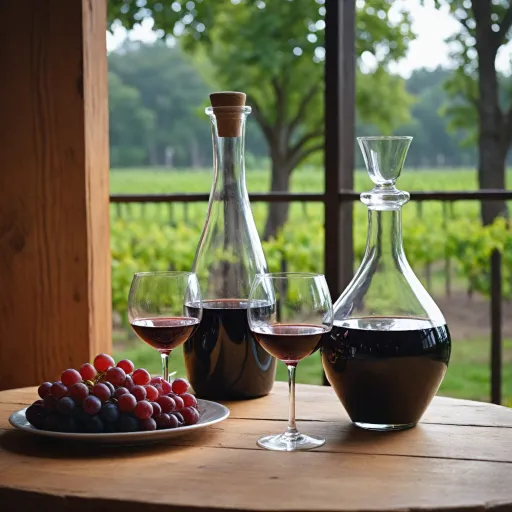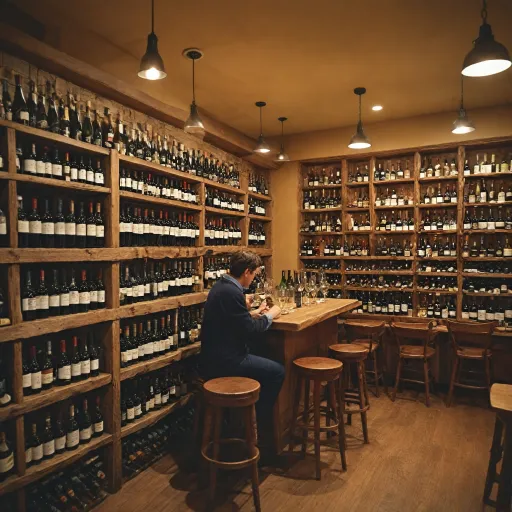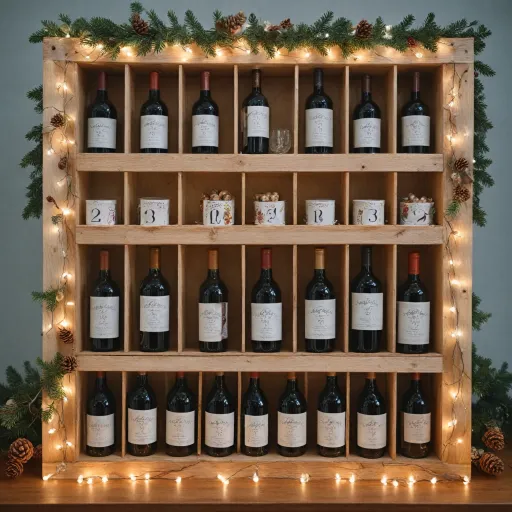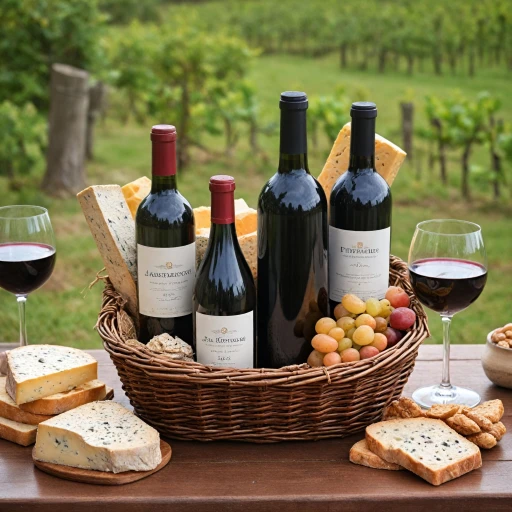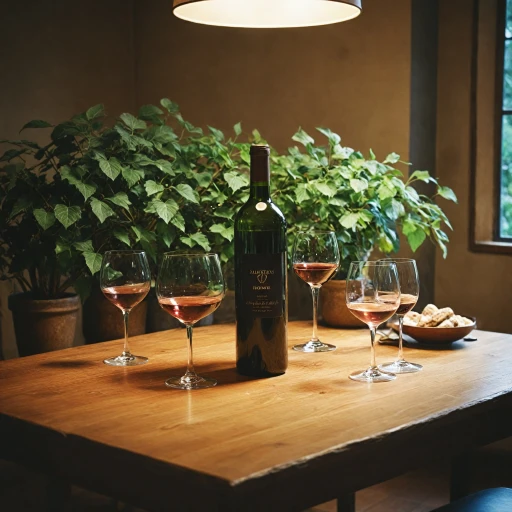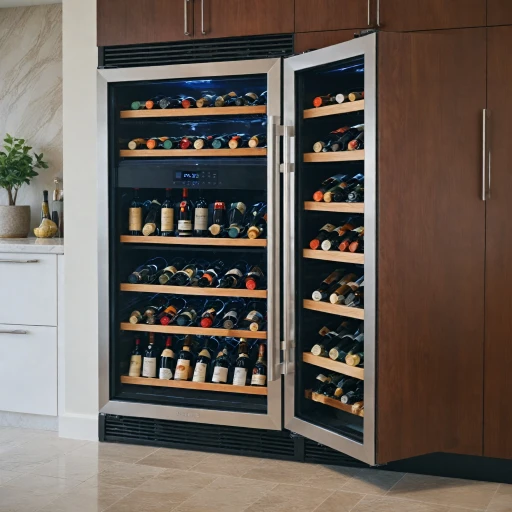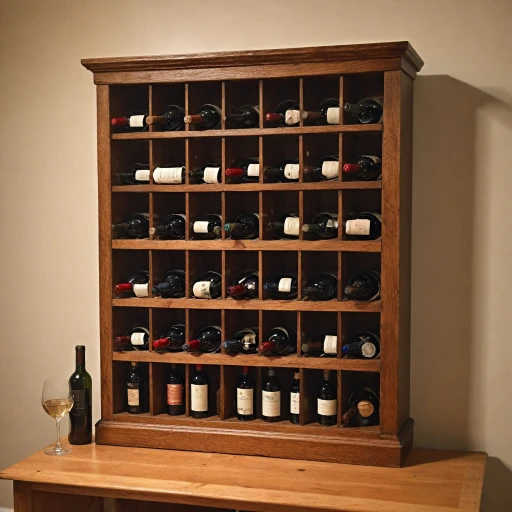
The Standard Wine Box: What to Expect
What Does a Typical Wine Box Hold?
When it comes to buying wine in bulk, understanding the capacity and design of a standard wine box is essential. Whether you're stocking up for a party, expanding your wine cellar, or simply aiming to save money on your favorite bottles wine, grasping what a standard wine box will accommodate can guide your buying decisions effectively. Traditionally, a standard wine box, also known as a "12-bottle case," is designed to hold a dozen bottles of wine. This translates to around 9 liters of wine, a volume that satisfies both commercial and personal needs. The prominence of 12-bottle cases in the wine industry makes it a reliable choice for those who enjoy sharing red wine or white wine with guests. It simplifies the process of buying a case and ensures you get a balanced variety if you're opting for a "mixed wine case." Buying wine in standard box sizes also offers convenience in shipping and handling. With uniform dimensions, these boxes are stackable and compatible with most wine storage solutions. For those endeavoring to match their wine box and cooler compatibility, ensuring your wine cooler can accommodate these standard dimensions is vital. For more details on determining the correct size for your cooler, consider consulting resources on choosing the right wine cooler size for your needs. Whether your preference is a classic bottle of pinot noir or a case filled with diverse selections, knowing the capacity of a standard wine box lays the groundwork for making informed and practical wine purchases.Variations in Wine Box Sizes
Exploring Variations in Wine Box Dimensions
When it comes to buying wine boxes, there is a surprising amount of variation in sizes and shapes. While the standard wine box generally holds 12 bottles, there's a range of options available to accommodate different needs. Think of all the bottles wine collectors love to keep in their wine cellar. Different scenarios call for different solutions, whether you're hosting a party or buying a case to expand your collection.
First, it's essential to consider the bottle sizes when thinking about wine boxes. A standard bottle is approximately 750ml, but there are many types of bottles, such as pinot noir or other unique shapes like magnums or case wine. These variations require specific wine case or cases that can fit comfortably. For instance, a magnum bottle takes up the space of about two regular bottles, altering how many bottles fit into a box.
Additionally, certain wine brands or mixed boxes might offer a selection of different types, like red wine and white wine, together in case wine. Ensuring you have the correct box size will avoid any shipping mishaps when your desired selection arrives at your doorstep.
Remember too, that some wine bottles can come in unique presentations or packaging, requiring a specialised case. When buying wine for larger events with many guests, planning ahead with an eye on box wine selections can truly set the right mood.
For those focused on collecting specific varieties like pinot, you may find wine-specific cases beneficial. Investing in a suitable wine case will ensure your collection remains organized and securely stowed. If you are keen on safely storing your cherished bottles case, check out resourceful tips on choosing the perfect storage solution.
Impact of Bottle Size on Wine Box Capacity
Influence of Bottle Dimensions on Box Capacity
The dimensions of a wine bottle significantly influence how many bottles a box can accommodate. While the standard wine box is designed to hold twelve bottles of Bordeaux style, variations in wine cases can make navigating bottle sizes a crucial factor during purchase decisions.
Consider the various types of wine bottles, each with its dimensions and shapes. Pinot Noir, for instance, often comes in a slightly broader bottle than standard Bordeaux wines. This variation in bottles wine could reduce the standard capacity of a box wine by a couple of bottles, due to the increased space each wine bottle occupies. Consequently, when planning to buy wine in cases, always take into account the bottle's dimensions and shapes to ensure that your choice of box will suit your needs.
For frequent entertainers, or those who enjoy offering mixed wine selections to guests, understanding these nuances can be quite valuable. A mixed case might consist of both red wine and white wine bottles, requiring flexible storage solutions. When the aim is to purchase a case wine that contains a variety of bottles, ensuring the box’s compatibility with diverse bottle types is essential for optimal storage.
For those who own a wine cellar, having detailed knowledge of bottle sizes and their implications on box capacity can enhance not only the aesthetic appeal of your collection but also its practicality in storage and shipping. This awareness enables wine enthusiasts to select the most effective wine box storage solutions, which ultimately impact how efficiently one can organize cases of wines, while still leaving room for new acquisitions.
Wine Box Storage Solutions
Maximizing Your Wine Box Storage
When it comes to storing your wine boxes, several strategies can help optimize space without sacrificing access or organization. Understanding the capacity of different types of wine boxes is crucial for efficient storage, whether you are dealing with red wine cases or a variety of mixed wine boxes. Here's how you can make the most out of your storage solutions.- Utilize Vertical Space: Storing wine boxes vertically can free up considerable space in your wine cellar or storage area. Many boxes are sturdy enough to be stacked, allowing you to organize them based on types of wines, such as pinot noir or white wine, easily.
- Proper Inventory Management: Keeping track of what you have in each case wine box can save time and prevent the hassle of digging through many bottles to find a specific wine bottle. Consider using a simple digital inventory system or labels on boxes to note the contents and the wine's purchase date.
- Climate Considerations: Wine cases need to be stored in conditions where temperature and humidity are controlled. Investing in a wine cooler, especially for reds and whites that require distinct storage conditions, can help maintain the integrity of your wines.
- Space-Saving Containers: For those with limited space, opting for smaller wine cases or boxes can be beneficial. They accommodate fewer bottles, but their compact nature allows for flexibility in storage arrangements, especially for those who frequently buy mixed wine cases.
Choosing the Right Wine Box for Your Needs
Factors to Consider When Selecting a Wine Box
Choosing the perfect wine box involves several considerations that align with your wine storage and consumption needs. Here are some aspects to keep in mind as you make your decision:- Type of Wine: Different wines such as red, white, and pinot noir often require specific storage conditions. Although most boxes are versatile enough for mixed cases, understanding the requirements of your preferred types of wine will help in choosing the suitable box.
- Quantity and Occasion: Determine how many bottles you intend to store or transport. If you often entertain guests or host special occasions, opting for a box that accommodates many bottles will be ideal. A single case wine box may suffice for personal consumption.
- Bottle Sizes: Consider the variety of bottle sizes that you often buy. Some wines, such as pinot noir, might be available in slightly different dimensions affecting the box’s capacity. A standard wine box may not fit all bottle sizes, so check the measurements for flexibility.
- Storage and Space: Evaluate your storage space, especially if you plan to store your wine box in a wine cellar or similar setup. It’s useful to check if the boxes fit well in your space to avoid overcrowding or damage to the wine bottles.
- Shipping and Handling Needs: If you plan to buy wine cases for shipping, ensure the wine box is sturdy enough to withstand transit. This might be particularly relevant for mixed cases that might include delicate bottles.
Wine Box and Cooler Compatibility
Compatibility Tips for Optimal Storage
When selecting the ideal wine box for storage, it's essential to ensure compatibility with your wine cooler. Different types of wine boxes and cases come in various dimensions, which may impact how well they fit within the specific confines of your storage solution.
Here are some practical considerations to keep in mind:
- Consider Bottle Sizes: Be mindful of the bottle sizes within your collection. While a standard wine box typically accommodates regular-sized bottles, wines like pinot noir, which often have wider bodies, might require adjustments or specific cases. Opting for a mixed box might also present challenges if your cooler lacks adjustable shelving.
- Confirm Cooler Dimensions: Measure the dimensions of your wine cooler to ensure your boxes or cases wine will fit comfortably. Understanding the ideal fit prevents any unnecessary shifting or breakage, ultimately protecting your investment.
- Understand Wine Box Capacity: The capacity of a box wine can vary significantly. From single-bottle arrangements to boxes designed for dozens of bottles wine, knowing these distinctions will guide your purchase decisions. For those who indulge in substantial case wine purchases, ensuring that many cases fit within your current setup is crucial.
- Ensure Proper Air Circulation: It's vital to store your wine bottles in a way that allows for adequate air circulation. Poor air flow can diminish the quality of both red wine and white wine. A well-ventilated wine cellar setup ensures your wines age beautifully over time.
By paying close attention to these factors when buying wine and determining the best way to store your bottles case, you not only optimize the use of your wine cooler but also maintain the integrity of flavors for you and your guests to enjoy.
